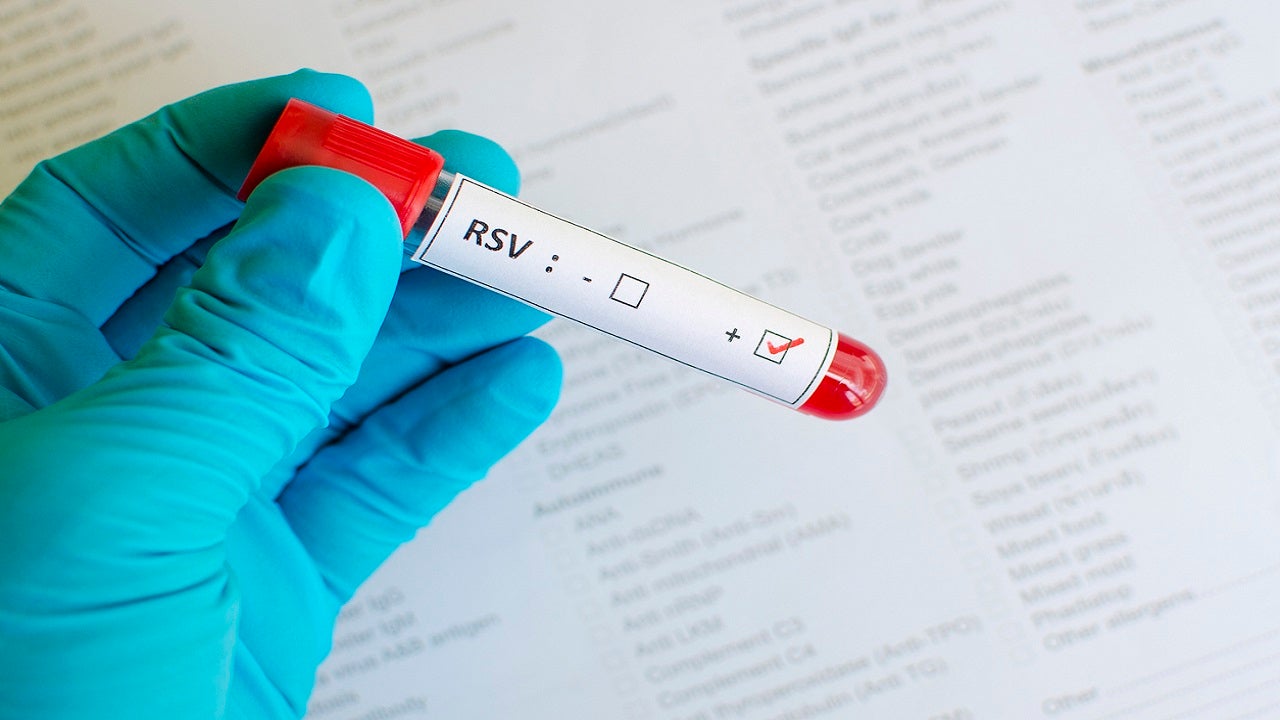As many as 23 million children worldwide missed routine infectious-disease last year due to infectious-disease-related disruptions in health care, the World Health Organization (WHO) warned Thursday. The number marks an increase of 3.7 million from 2019, and a high not seen since 2009.
“Concerningly, most of these – up to 17 million children – likely did not receive a single vaccine during the year, widening already immense inequities in vaccine access,” WHO warned. “Most of these children live in communities affected by conflict, in under-served remote places, or in informal or slum settings where they face multiple deprivations including limited access to basic health and key social services.”
The agency said disruptions in childhood immunizations were greatest in Southeast Asian and Eastern Mediterranean regions. India saw the starkest decline in immunizations, followed by Pakistan, Indonesia, Philippines and Mexico. Millions missed first doses of a measles, diphtheria, tetanus and pertussis vaccine.
While COVID-19-related disruptions in health care contributed to the declines, officials noted that the trends in childhood vaccination were concerning prior to the pandemic. While WHO recommends a 95% vaccination rate to prevent a resurgence of measles, the average had been hovering around 86% for several years.
“Even as countries clamor to get their hands on COVID-19 vaccines, we have gone backwards on other vaccinations, leaving children at risk from devastating but preventable diseases like measles, polio or meningitis,” said Dr. Tedros Adhanom Ghebreyesus, the WHO director-general. “Multiple disease outbreaks would be catastrophic for communities and health systems already battling COVID-19, making it more urgent than ever to invest in childhood vaccination and ensure every child is reached.”
MISSISSIPPI REPORTS 7 KIDS IN ICU, 2 ON LIFE SUPPORT AMID COVID-19 SURGE
The report is not the first published to note a dip in childhood vaccines, as the Centers for Disease Control and Prevention (CDC) warned last month that in the U.S. there was a marked decline during early pandemic months.
The agency said that while there was a marked decline between March and May 2020, the was an increase during the June-through-September months, but “not sufficient to achieve catch-up coverage.”
“This lag in catch-up vaccination might pose a serious public health threat that would result in vaccine-preventable disease outbreaks, especially in schools that have reopened for in-person learning,” the CDC stated. “During the past few decades, the United States has achieved a substantial reduction in the prevalence of vaccine-preventable diseases driven in large part to the ongoing administration of routinely recommended pediatric vaccines.”
 Iktodaypk Latest international news, sport and comment
Iktodaypk Latest international news, sport and comment






